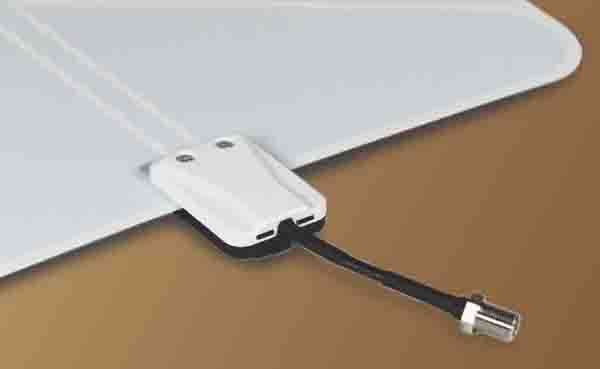You’ve seen it a lot on badly produced programs. It’s more often in the dark areas of the picture than in others. The image seems to be made of large, irregular blocks in some spots, although the image quality is fine in other areas. Sometimes the blocks are so big they seem to take up a quarter of the screen.
It’s called macroblocking
The term you’re looking for is macroblocking. It’s another one of those compression artifacts (like mosquito noise) that are an unfortunate part of high-definition video. A truly clean, unmodified HD video stream would take up so much bandwidth that it would be impossible to broadcast over cable or satellite. Instead of hundreds of channels, your satellite dish would pick up one or two.
So, compression is a fact of life. Fancy computers squeeze all the unnecessary ones and zeros out of that video stream, and believe it or not it’s possible to cut the size of that video stream by about 85% without seeing a big difference. However, when you try to make it smaller than that, there are bound to be tradeoffs. Your Blu-ray disc at 38Mbps is going to look insanely awesome, while Netflix at 6Mbps is going to look less so.
What macroblocking looks like when it’s done badly
One of the problems with overcompressing the signal is that areas without a lot of detail get really poorly treated. Take a look at the image of the antenna above. Most of the image is fairly low in detail. That means in order to preserve the detail in the connector, the computer will severely overcompress the background and the face of the antenna. Instead of a smooth transition you see a series of irregular bands.
Like other compression artifacts, there’s not a lot you can do about macroblocking when you see it. The macroblocking already appears in the images that you receive. Fixing it at the source is the only real option here. The good news here is that as encoders get better and better, and as streaming speeds get higher and higher, this sort of artifact is less and less common.
Really, we only see macroblocking in very, very overcompressed video of the sort we all consumed a lot of in the 2000s. You’ll see it in your cell phone videos and camera videos from that time but it’s fairly rare to see it in professionally produced pieces now. I will say I saw some macroblocking in drone videos I recorded but that’s not surprising… you wouldn’t expect a low-priced drone to pack high-priced (and relatively heavy) encoder chips.
It’s worse in the shadows
Because most people don’t see detail in very dark areas, there can be a lot of macroblocking in the shadow parts of an image. So, you may see some improvement through properly calibrating your TV, but that’s all you should expect. Often times, using the default TV settings will lead to shadow areas are too light or too dark. Inexpensive televisions with relatively narrow viewing angles also make macroblocking look worse. It’s not intentional. It’s just that they make it possible to see highlight and shadow areas that wouldn’t otherwise be visible.
Any hope for macroblocking?
There are a number of AI-based filters that can remove this sort of artifact from photos. Adobe Photoshop has some excellent filters for removing this kind of artifact from still images. There are similar things for moving images but even today’s most powerful computers can’t do it in real time. Eventually it will be possible to do something like this with your phone, of course. That’s still a while off. For now it’s pretty much for broadcasters.
In the meantime, if you need anything to help you live your best digital life, shop the great selection at Solid Signal!



